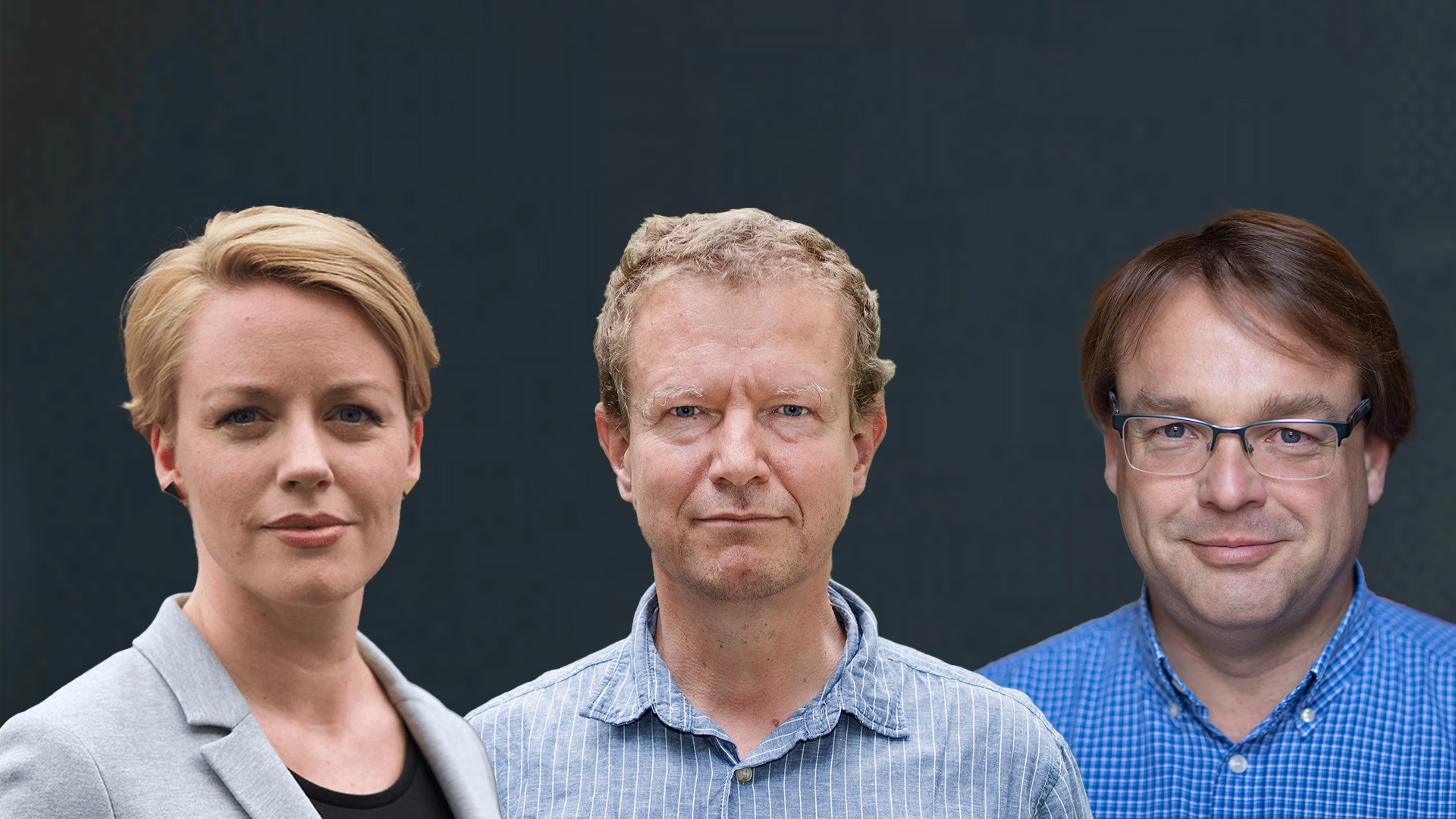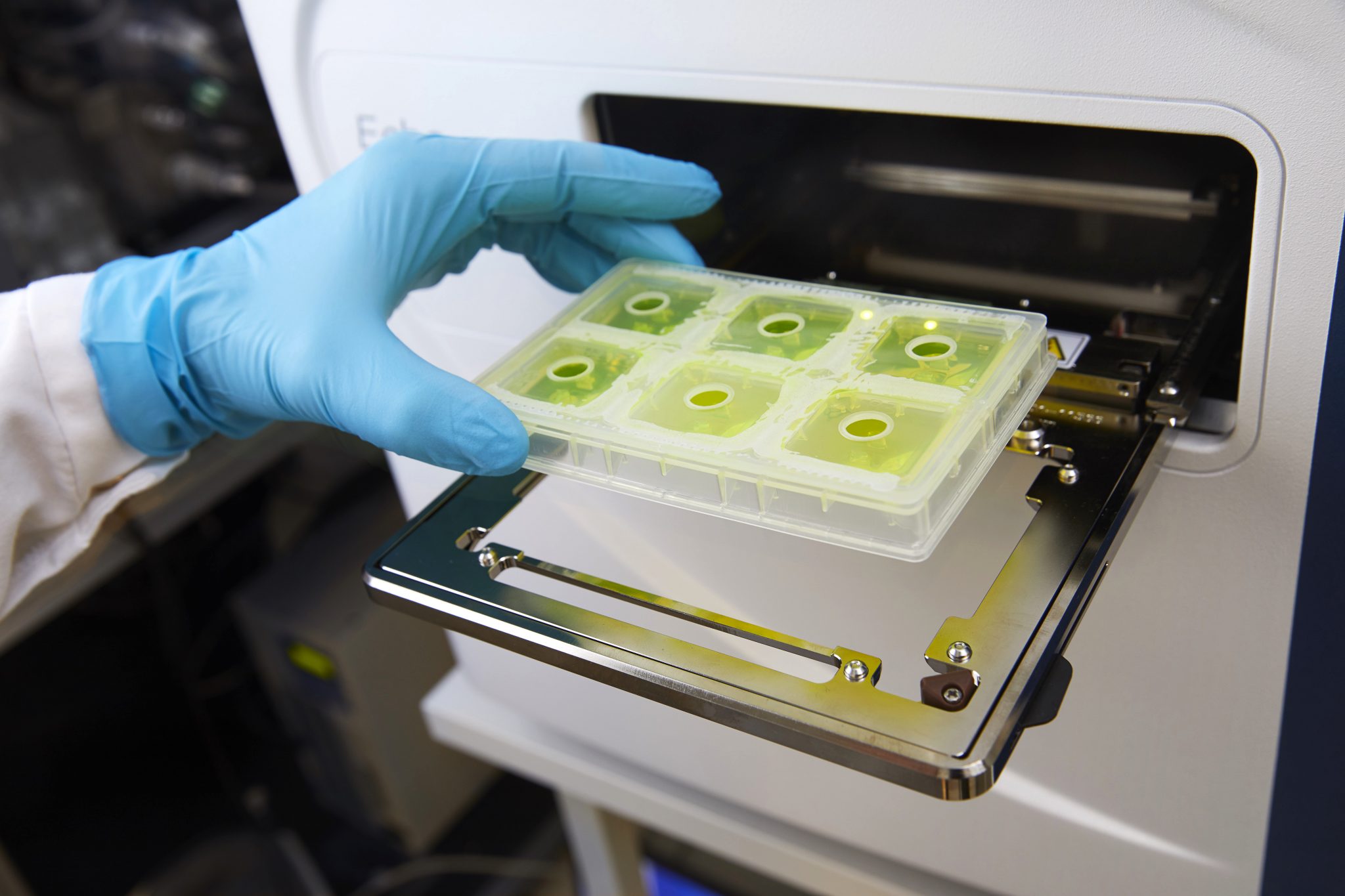New insights in the life of early tetrapods
Using synchrotron X-rays a team from Uppsala University/SciLifeLab, the European Synchrotron Radiation Unit (ESRF) in France and the University of Cambridge in the UK decided have investigated fossils of the tetrapod Acanthostega, which lived 360 million ago. Their findings, presented in Nature, show that all skeletons in a mass-death deposit of Acanthostega in Greenland came from juvenile individuals who were living in water. Researchers has up until now thought that these skeletons, found in 1987, came from adult animals. This suggests that the adult individuals were living somewhere else, yet to be discovered. The study was led by Per Ahlberg, Uppsala Universitet/SciLifeLab and first author was Sophie Sanches, Uppsala Universitet/SciLifeLab.




